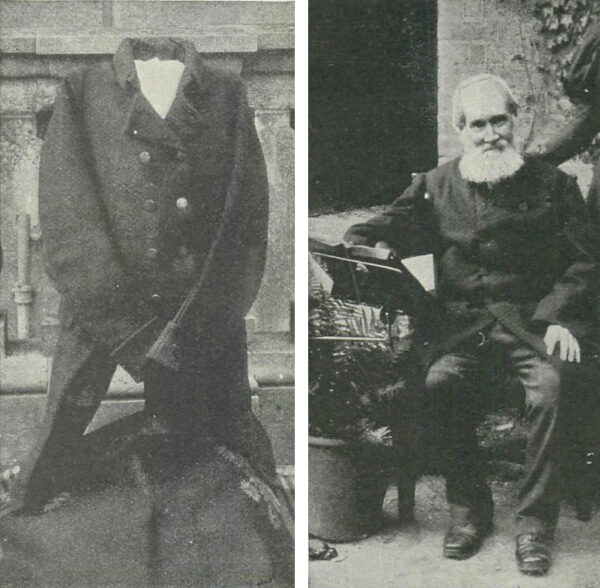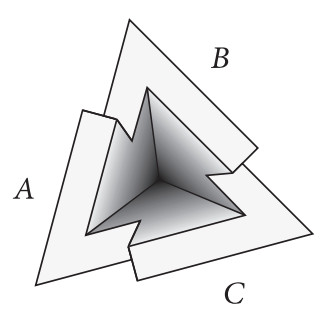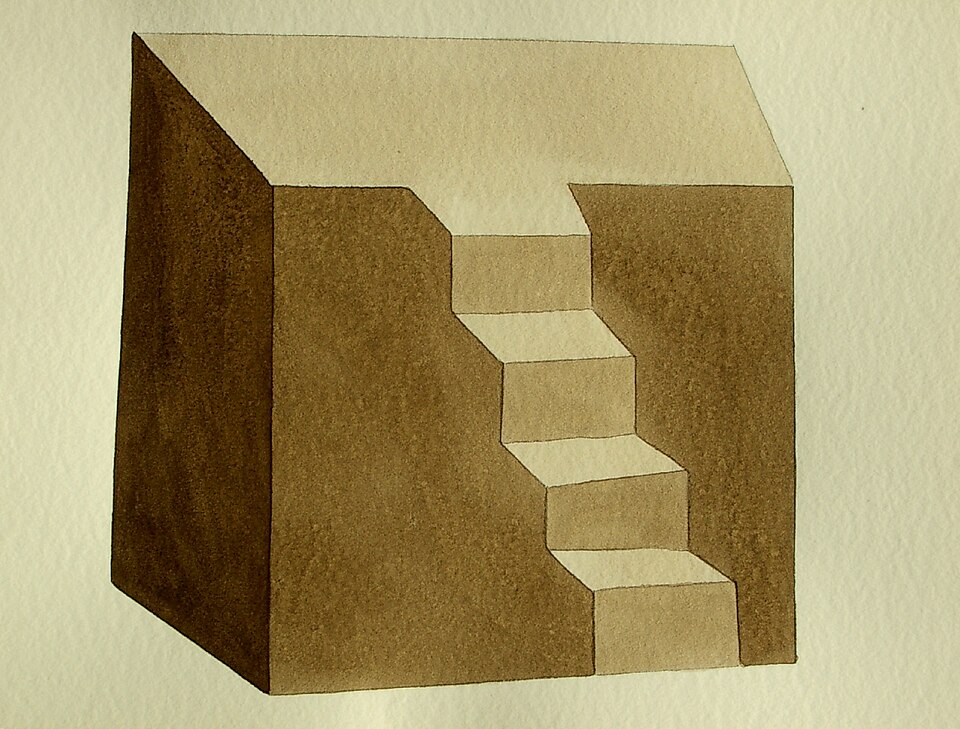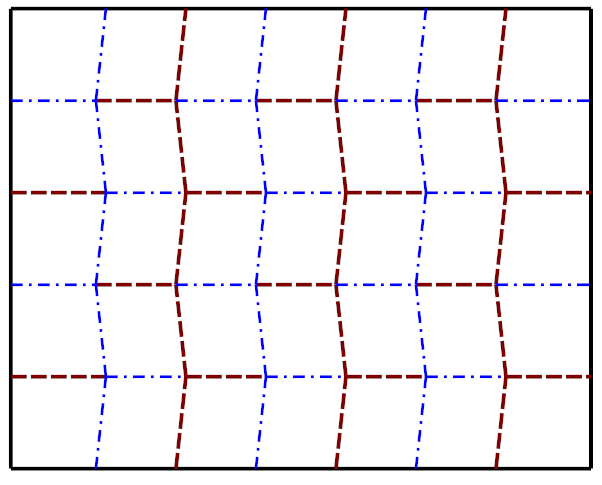Josiah Winslow’s programming language Bespoke encodes instructions into the lengths of words, producing programs that look like poetry. This one prints the phrase “Hello, World!”:
more peppermint tea? ah yes, it's not bad I appreciate peppermint tea it's a refreshing beverage but you immediately must try the gingerbread I had it sometime, forever ago oh, and it was so good! made the way a gingerbread must clearly be baked in fact, I've got a suggestion I may go outside to Marshal Mellow's Bakery so we both receive one
Related: In the early 1980s, Frank Hayes was so vexed with the S-100 computer bus that he wrote a sea shanty about it:
(Thanks, Jeremiah.)








